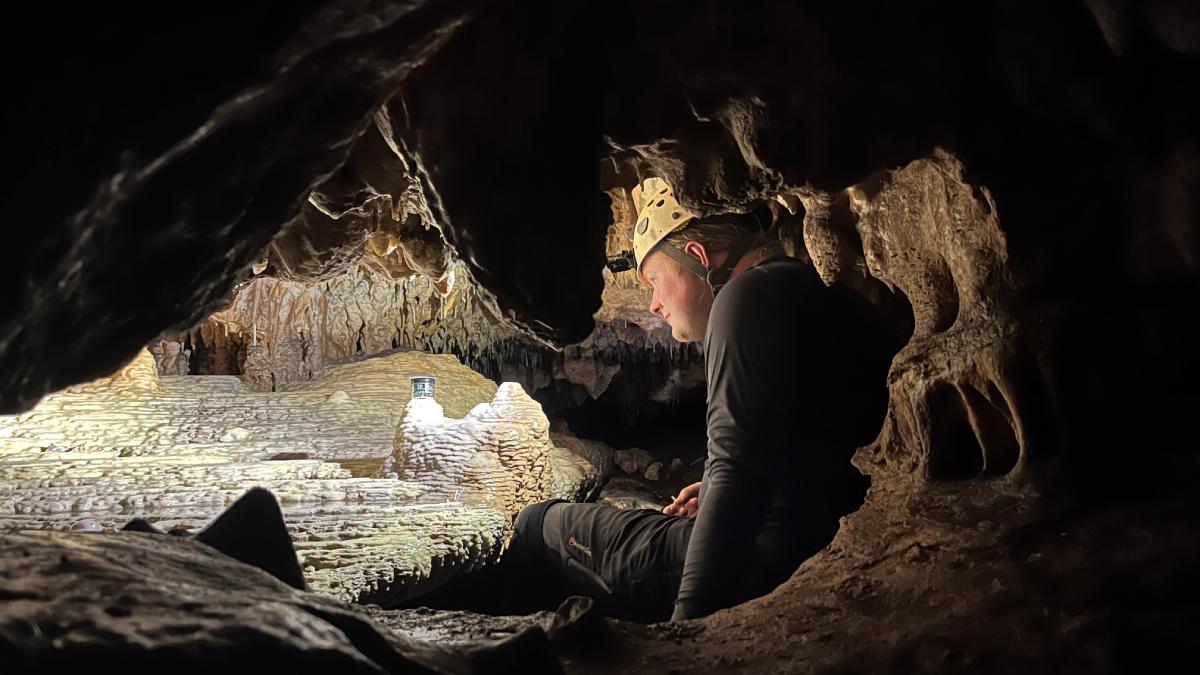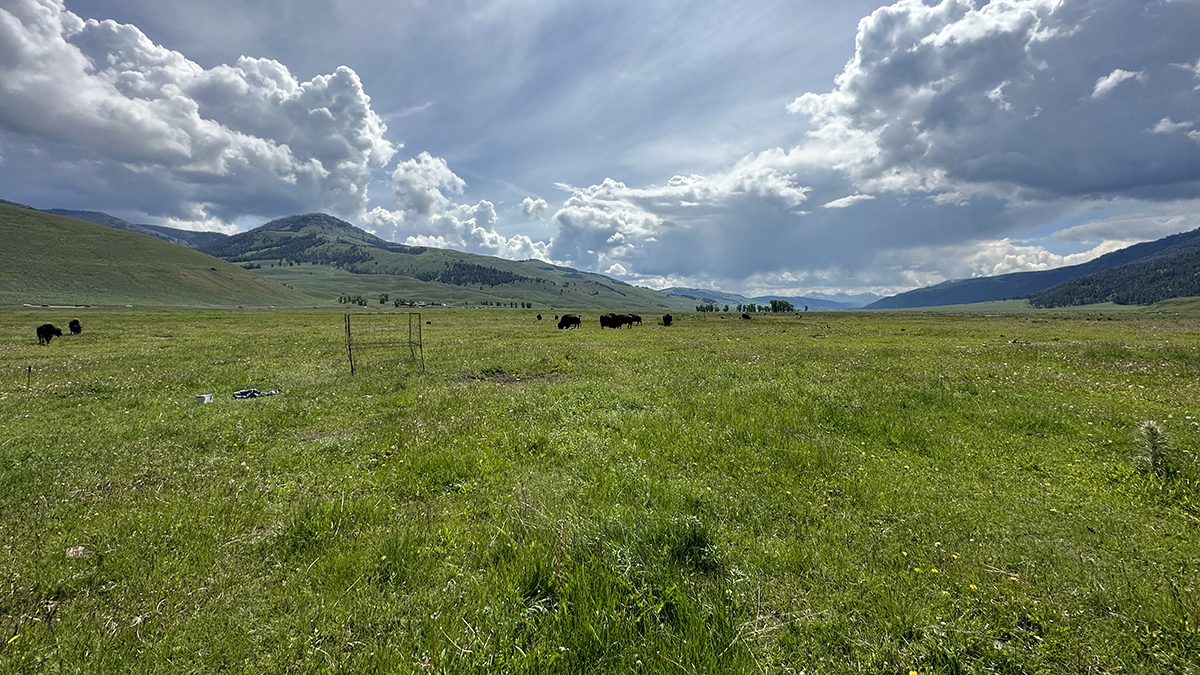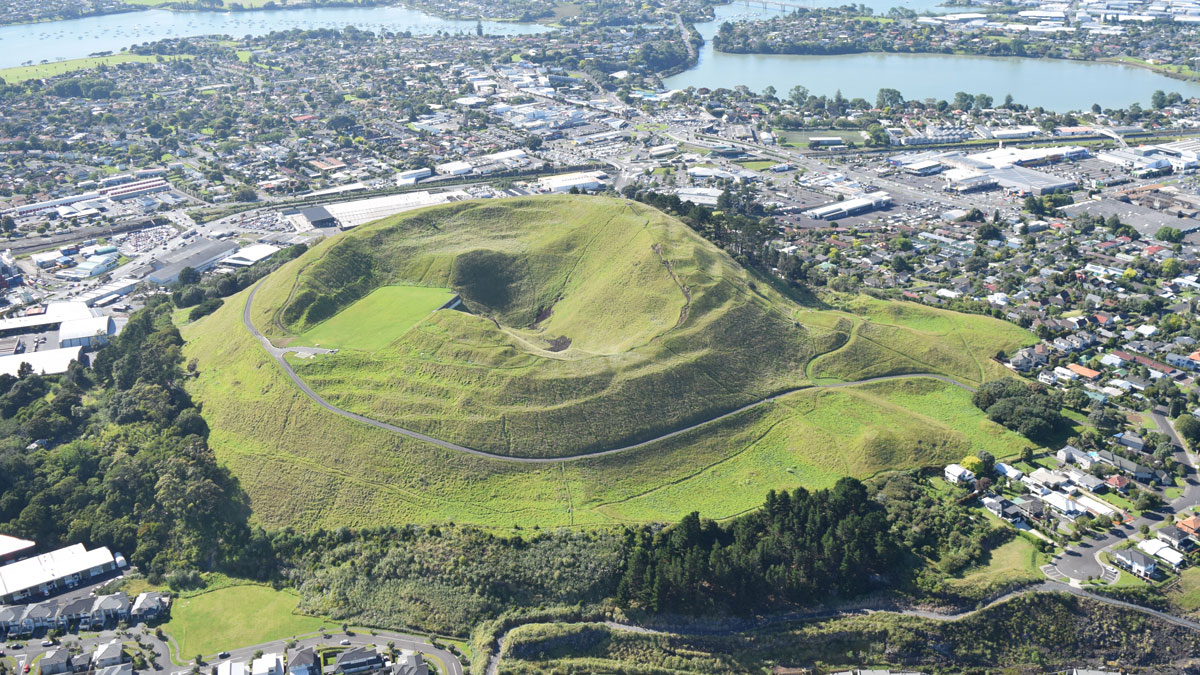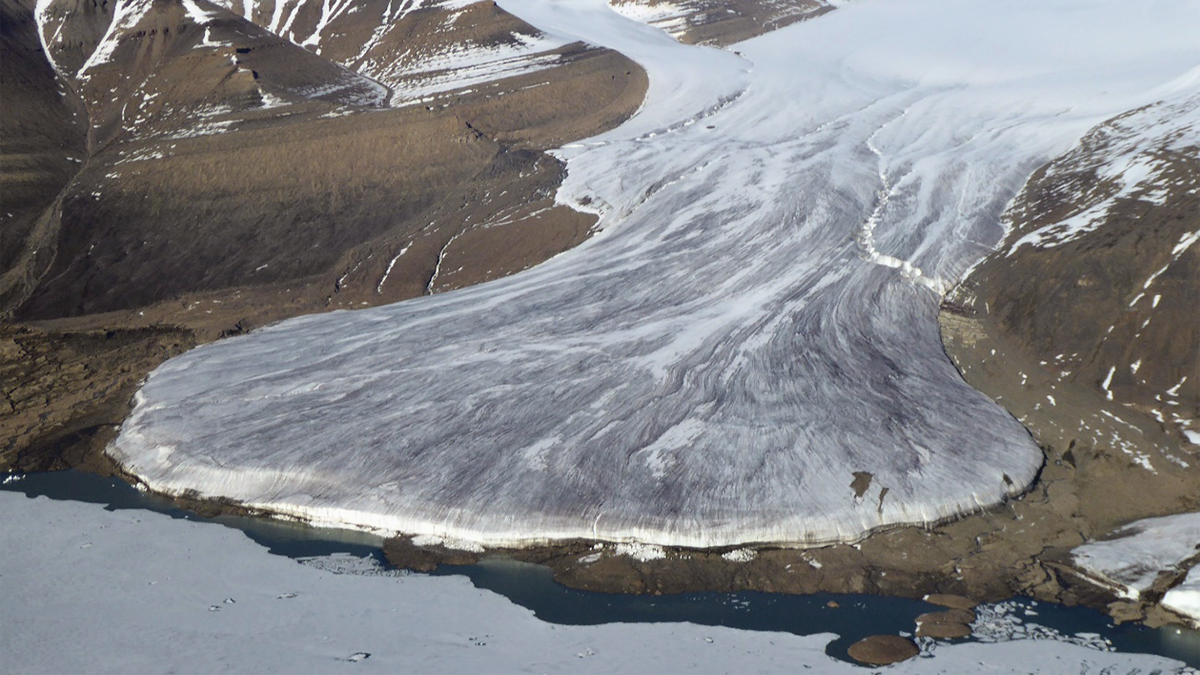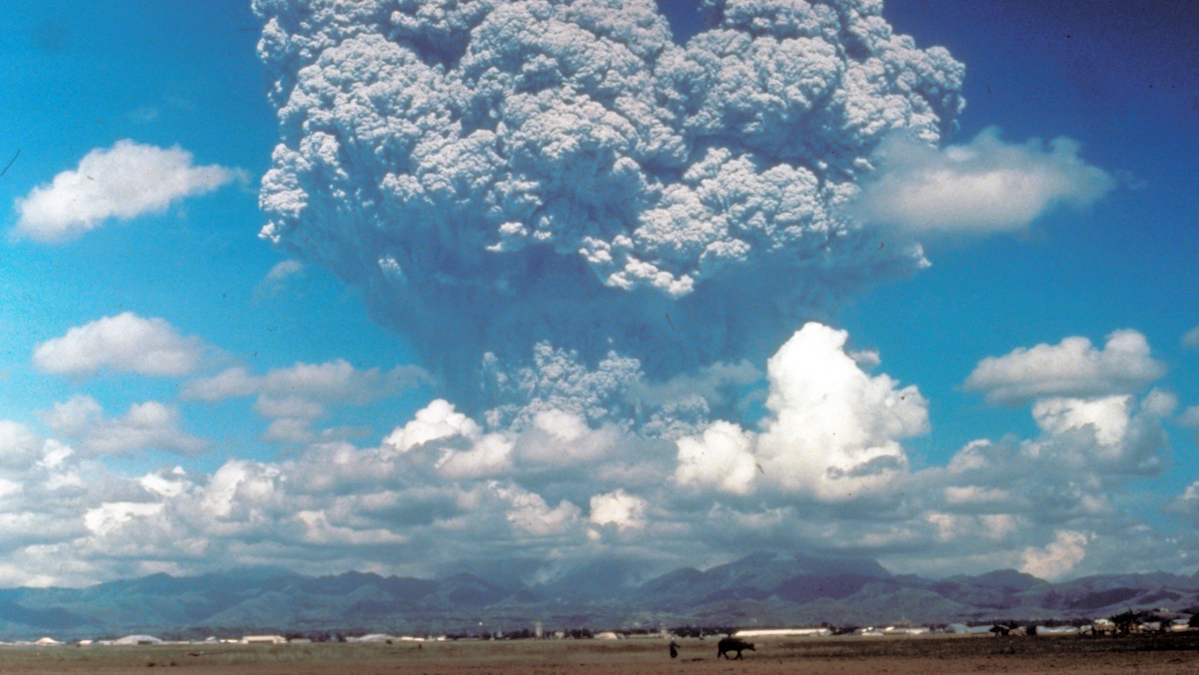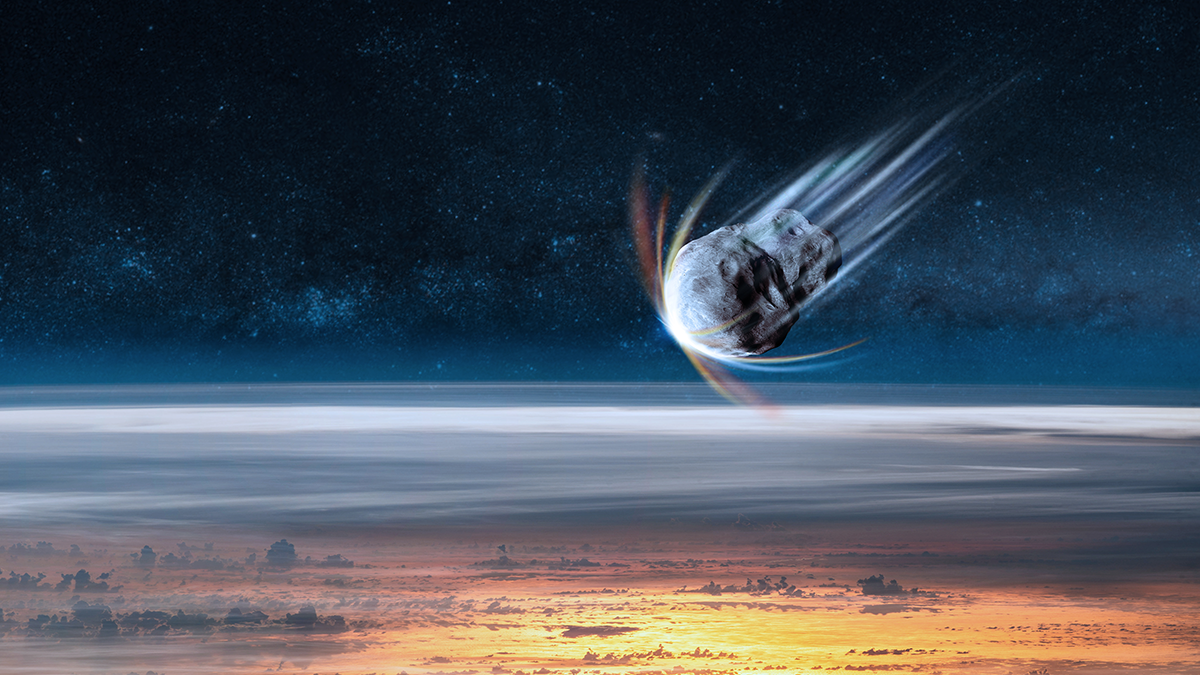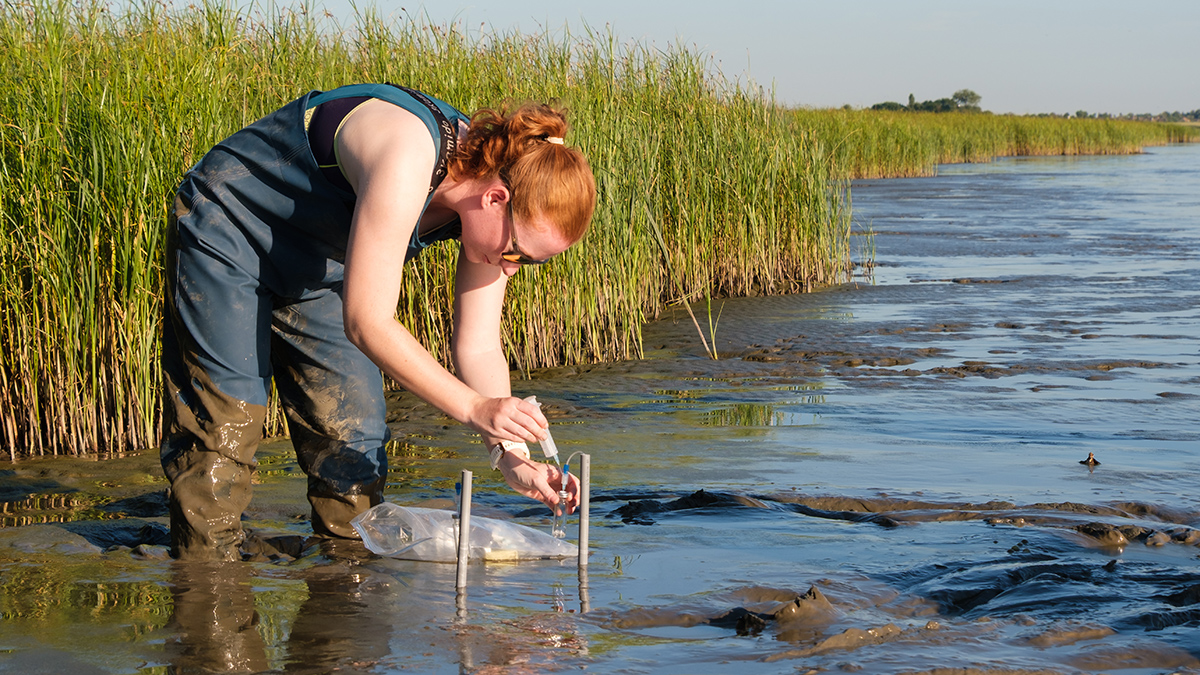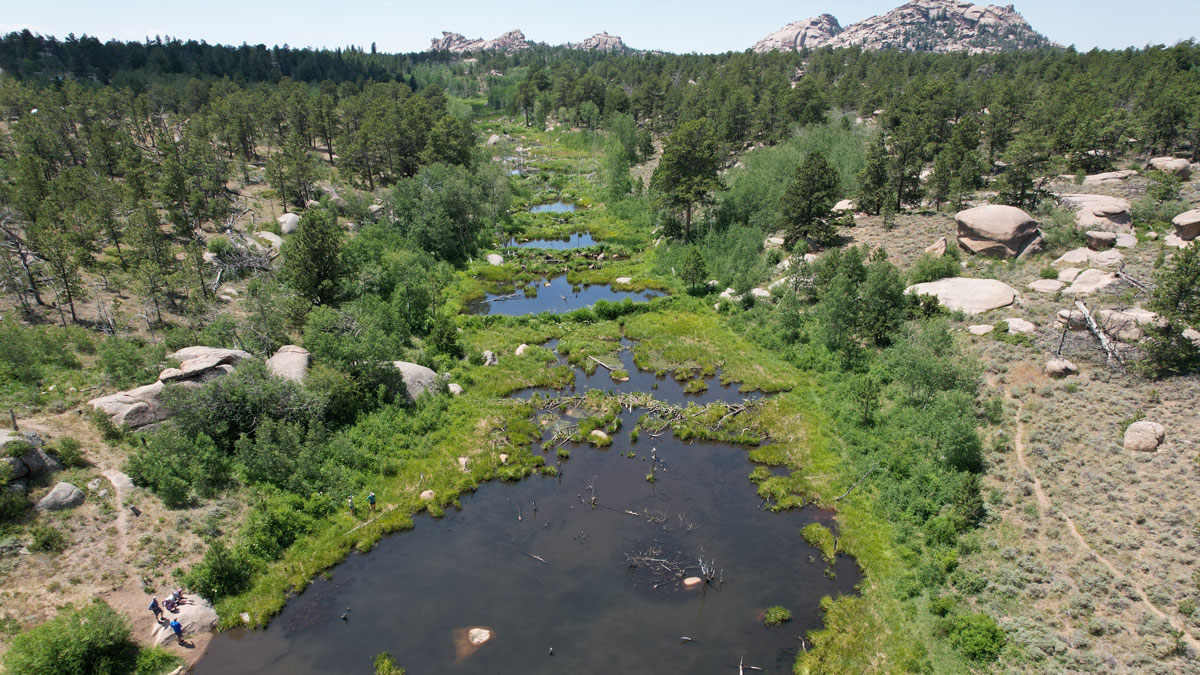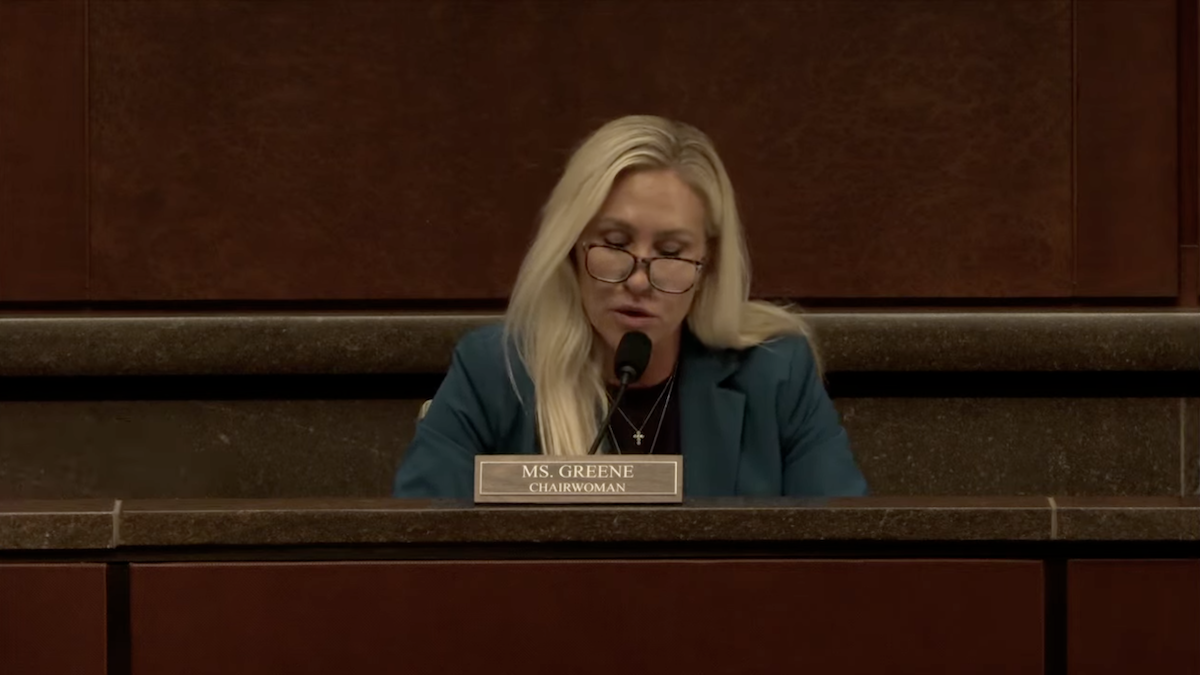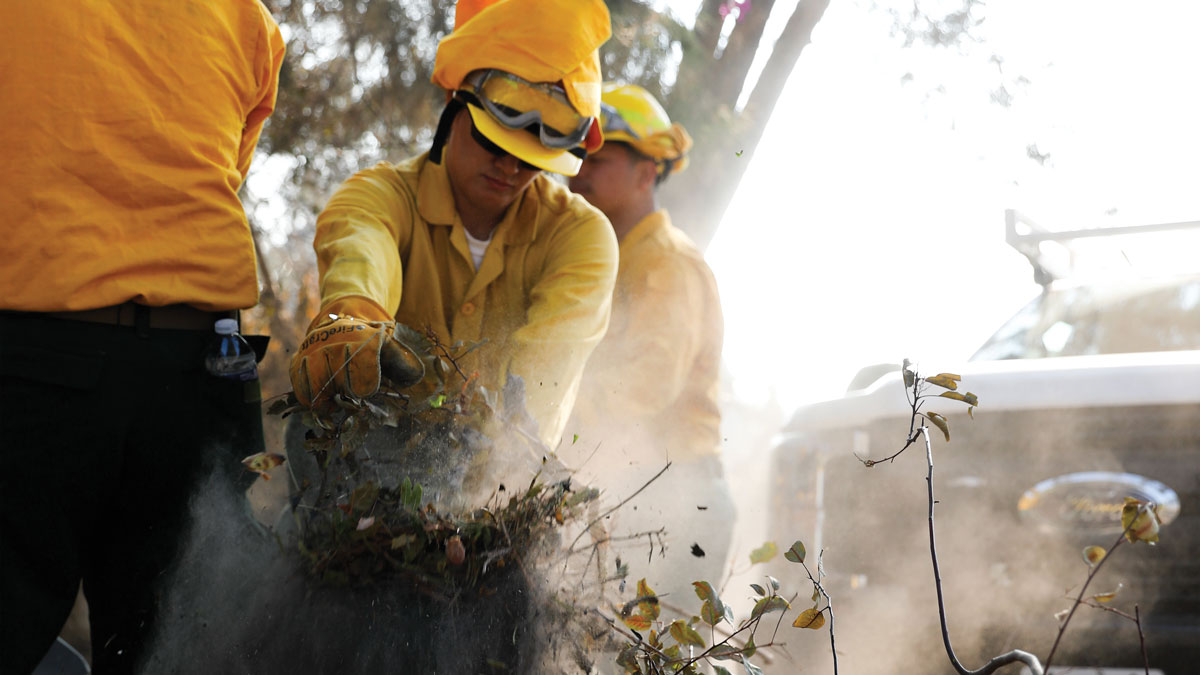Understanding how individual cities responded to climate stress will help create holistic pictures of how these societies functioned.
Earth science
Free-Roaming Bison Graze Life into Grasslands
A new study suggests that Yellowstone’s herd of bison accelerates nutrient cycling, offering a glimpse into the North American plains of yesteryear.
“Passion Project” Reveals Auckland’s Hidden Urban Faults
An innovative analysis has identified 10 likely and 25 possible faults in the region.
How Glacial Forebulges Shape the Seas and Shake the Earth
A glacial forebulge is a bending-related upheaval of the lithosphere that has a strong effect on the sea level change pattern and on lithospheric stresses, which can induce intraplate earthquakes.
Volcanic Eruptions in One Hemisphere Linked to Floods in the Opposite One
Asymmetric volcanic plumes may shift equatorial weather patterns and increase tropical stream flow, according to new simulations.
Submerged Crater near Europe Tied to an Impact
New subsurface imaging and rock samples suggest that Silverpit Crater formed from an impact that occurred roughly 45 million years ago.
Tracing Iron’s Invisible Transformations Just Beneath Our Feet
A new method that adds synthetic iron minerals to soils sheds light on hard-to-observe soil and sediment processes and may have a host of other applications in the Earth sciences and beyond.
What Makes Beaver Ponds Bigger?
For the first time, researchers are able to add hydrologic estimates to find where reintroducing beavers could best benefit a watershed and the humans who live within it.
Geoengineering Fears on Display at Congressional Hearing
Misunderstandings and disinformation abounded at a 16 September hearing of the Subcommittee on Delivering on Government Efficiency about geoengineering—efforts to alter Earth systems for the purpose of mitigating climate change.
Donde hay fuego, hay humo
Utilizando los instrumentos de monitoreo existentes y nuevos, investigadores trabajan para comprender mejor la calidad del aire durante y después de los incendios forestales de Los Ángeles.

